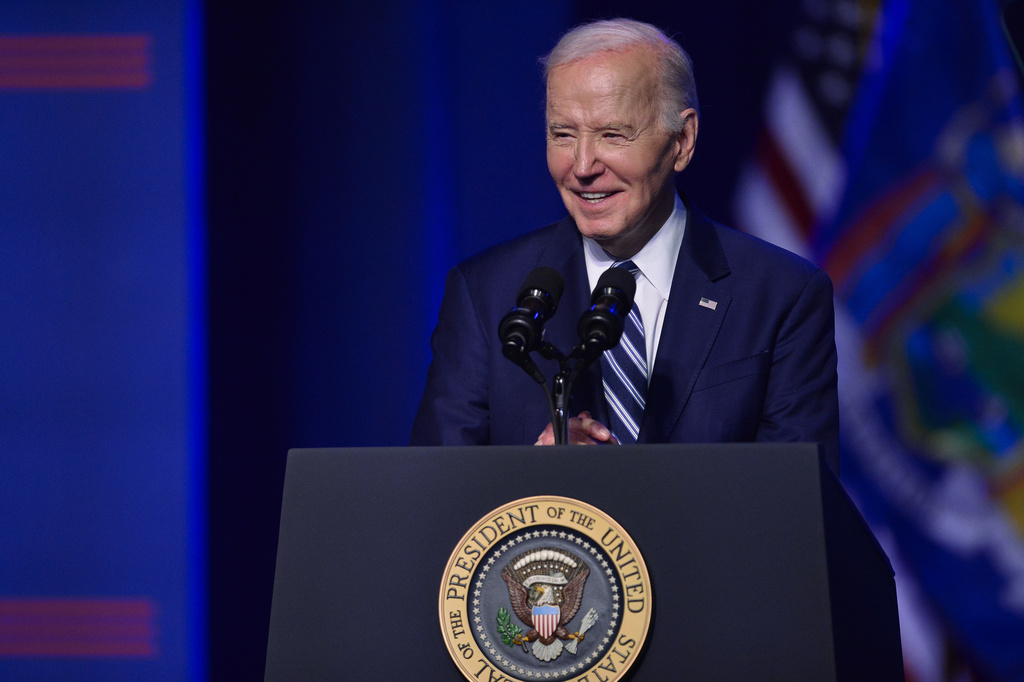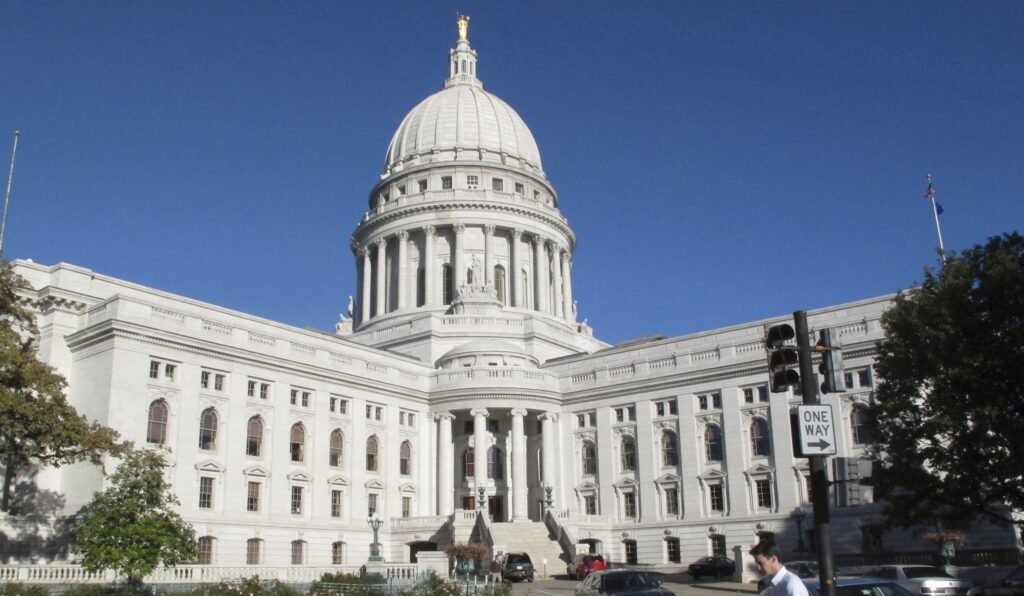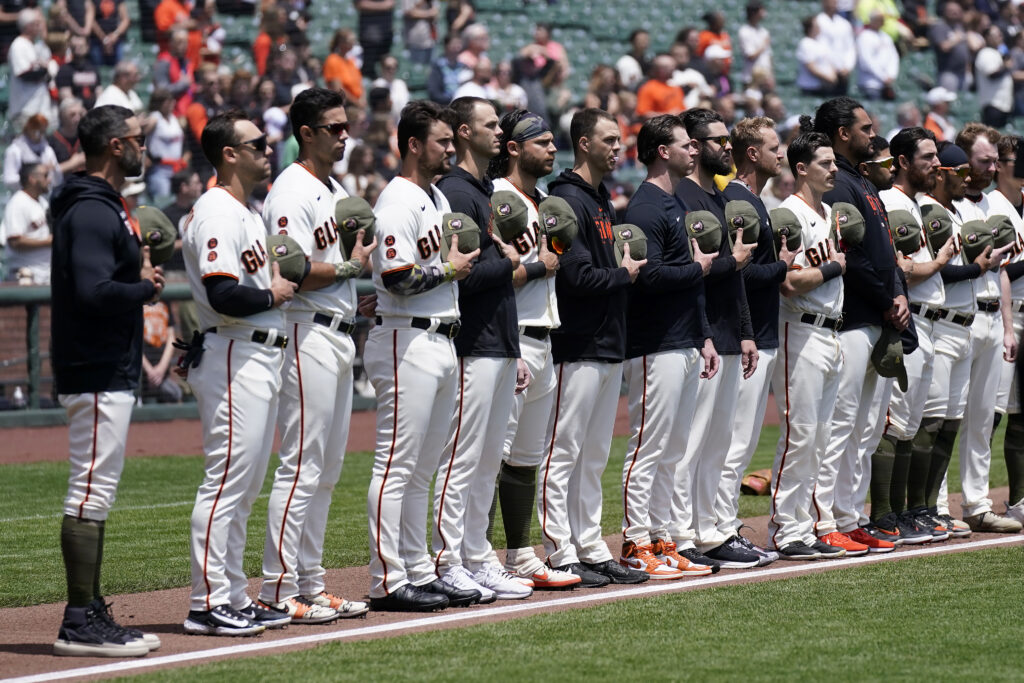19th-Century Black Painter Chronicles Underground Railroad Through Landscapes
Unlocking the Hidden Messages in Robert S. Duncanson’s Landscapes
Why would a free black man go to the South during the time of slavery? And not just to visit, but to paint numerous landscapes, risking life and limb?
This was a question art dealers Michael and Julie Meyer asked themselves when they started collecting the paintings of 19th-century landscape artist, Robert S. Duncanson (1821-1872). Duncanson was a black man and a highly regarded artist in the Hudson River School (HRS). The HRS was made famous by the father of American landscape art, Thomas Cole. Artists associated with the HRS featured the virgin forests and landscapes of the wild and untouched American terrain.
The answer to the Meyers’ initial question of a black man voluntarily painting landscapes in the South has led them to discover perhaps one of the most fascinating artistic journeys in American art history. The beautiful landscapes Duncanson painted were not just created for his own pleasure or as mementos of the South but can be read in a much more intriguing light.
The Hidden Maps of Freedom
They were encrypted visual maps within compositions of detailed ridgelines, water sources, and gorges leading north as a pathway for those seeking freedom. In his paintings, Duncanson embedded the code words and necessary maneuvers used in the Underground Railroad that abolitionists of the day would understand. The Meyers’ working theory is that members of the Underground Railroad used these images and smaller sketches to familiarize runaways with the terrain of the next stop in their journey north.
Since first discovering his work, the Meyers have now identified 46 of Duncanson’s landscapes, all of which are featured at their gallery, Meyer Fine Art, an hour outside of Washington, D.C., in Fredericksburg, Virginia. The exhibit has been curated by Michael, an art historian and recognized expert on Duncanson.
The spark that got the couple thinking about Duncanson’s motives was an 1850s article from the Ashville Messenger, based in North Carolina, that accompanied one of his paintings sent to auction in 2003. The article featured the many places Duncanson had painted up to that point and laid out the map of how Duncanson came to Asheville. As he traveled, he sketched the Cumberland Gap, towards Knoxville to pick up the French Broad River, sketched at Hot Springs then south to Asheville, Black Mountains, and Hickory Nut Falls.
Unveiling the Symbolism
After years of research, the Meyers can unpack the hidden elements from Duncanson’s paintings. The untrained eye sees a generally placid countryside, but there is much more at work. “In Duncanson’s painting titled ‘The Gospel Train,’” says Michael, “the imagery of the slave song ‘Swing Low, Sweet Chariot’ is brought to life.” He continues:
Comparable meaning is evident in “Crossing the Swannanoa River at the Seven Sisters North Carolina” (c. 1851). Julie writes:
As stated, the image does draw the eye across a river, back and forth, and then finally up into the peaks of the Black Mountains. This composition as a whole can be read as a visual map of a technique runaways must learn to successfully escape. When taken together, the exhibition’s works piece together routes taken north via the Underground Railroad; each work includes detailed ridgelines and water sources that are recognizable still today.
This interpretation of Duncanson has been largely dismissed or overlooked by art historians until recently. The Meyers attribute Duncanson’s unknown motives to the fact that very few people spoke about the Underground Railroad in the generations following the Civil War because those involved could have been implicated in dangerous ways. It is only recently that Duncanson’s story is being told.
The display of “Landscape with Rainbow,” chosen by First Lady Jill Biden for the 2021 Inauguration, unleashed a torrent of articles featuring the interpretation of the painting by curators and art critics. It was their general belief, at the time, that the painting was a foreboding image about the Civil War with a hopeful sentiment. Art critic Christopher Knight with the Los Angeles Times wrote in 2021, “Duncanson’s rainbow precedes the brutal devastation of the Civil War that erupted the next year. “Landscape With Rainbow” is a cautionary image, painted as the seams of the American union were being pulled apart. But it carries with it an unmistakable ray of hope: Rainbows typically appear after a storm has passed, not before.”
In The Washington Post, article of Jan. 28, 2021, the Smithsonian American Art Museum curator, Eleanor Harvey, who helped Jill Biden select “Landscape With Rainbow,” offered a different interpretation of Duncanson’s work. “He’s looking for peace,” she says. Harvey praises the “therapeutic quality” conveyed in his paintings.
In the spring of 2021, Michael Meyer first shared his research with Eleanor Harvey. Now after the exhibition and the publication of its companion catalog, “Robert S. Duncanson and His Courageous Southern Travels,” word is getting out. In the January-February 2024 edition of American Fine Art Magazine, the Smithsonian curators are quoted commenting about “Landscape with Rainbow,” echoing Michael Meyer’s interpretation of Duncanson’s narrative theme, making better sense of the painting while setting the record straight about Duncanson’s larger project.
“The rainbow overhead falls directly onto the roof, possibly a reference to safe houses to which enslaved people fled while seeking freedom. The stream reminds us of the division between free states and slave states, but waterways also helped escapees on their path to freedom, as water erased footprints and masked human scent,” the author writes.
Duncanson’s Underground Railroad efforts may not have ever come to light if the Meyers hadn’t done the careful work of curating and “reading” what Duncanson was doing broadly in his work. Duncanson knew well the fragility of freedom. It was a theme that punctuated much of his work and motivated his life. When speaking of race, Duncanson, who had seen the best and worst of humanity, wrote in a letter to his son, “I have no color on the brain, all I have on the brain is paint. … I care not for color. Love is my principle, order is the basis, progress is the end.”
As the Meyers explain, “This was a father teaching his son not to judge by the color of one’s skin but by the character of a man.”
No matter how important Duncanson’s work was for the Underground Railroad, the Meyers are quick to add that he was also a remarkable and renowned artist of his time, touring widely throughout North America and Europe. “As important his intentions were for the Underground Railroad,” says Michael, “it cannot be lost that Duncanson was first and foremost an artist, above any skin color, his passion was to render beauty itself, and in this endeavor alone, aside from all else, he achieved with excellence.”
Perhaps someday, the work of Duncanson and his roadmap to freedom will become a well-known part of American history, but until then, do yourself a favor and go see his work in Fredericksburg.
What role did Duncanson’s paintings serve as guideposts for those seeking liberation via the Underground Railroad?
Ense of the hidden messages within his artwork.
The Legacy of Robert S. Duncanson
Robert S. Duncanson’s legacy as an artist is being reexamined and redefined. His landscapes, once seen as mere representations of nature, are now recognized as powerful symbols of freedom and resilience. The Meyers’ collection of Duncanson’s paintings sheds light on the artist’s daring and his contribution to the abolitionist movement.
Duncanson’s use of encrypted visual maps within his compositions reveals his involvement with the Underground Railroad, a network of secret routes and safe houses used by enslaved people to escape to freedom in the North. The hidden code words and maneuvers depicted in his paintings served as guideposts for those seeking liberation. These images would familiarize runaways with the terrain of their journey, enabling them to navigate the treacherous path to freedom.
The exhibition at Meyer Fine Art showcases 46 of Duncanson’s landscapes, meticulously curated by Michael Meyer, an expert on Duncanson’s work. The collection unravels the hidden elements within each painting, showcasing the ridgelines, water sources, and gorges that served as crucial markers for escaped slaves. These details, still recognizable today, provide a tangible connection to the past and the struggles faced by those fighting for freedom.
For years, Duncanson’s motives and the true meaning behind his paintings were overlooked or dismissed by art historians. The silence surrounding the Underground Railroad in the aftermath of the Civil War contributed to this oversight. However, recent interpretations of Duncanson’s work have brought his story to the forefront of American art history.
The selection of Duncanson’s painting, “Landscape with Rainbow,” by First Lady Jill Biden for the 2021 Inauguration sparked widespread interest and discussion. While some initially viewed the painting as a representation of the impending Civil War, curators and art critics have offered alternative interpretations. Christopher Knight, an art critic for the Los Angeles Times, sees the rainbow in Duncanson’s painting as a symbol of hope in the face of turmoil. Eleanor Harvey, a curator at the Smithsonian American Art Museum, emphasizes the therapeutic quality of Duncanson’s work, suggesting that he sought peace through his art.
As Michael Meyer’s research gains recognition, the understanding and appreciation of Duncanson’s paintings continue to evolve. The exhibition and catalog, “Robert S. Duncanson and His Courageous Southern Travels,” have contributed to the dissemination of this newfound knowledge. The Smithsonian curators themselves have commented on the significance of Duncanson’s narratives and themes, aligning with Meyer’s interpretation of the artist’s work.
The Importance of Uncovering Hidden Narratives
The rediscovery of Robert S. Duncanson’s hidden messages within his landscapes not only redefines his artistic legacy but also sheds light on the history of the Underground Railroad and the struggles of enslaved people seeking freedom. These paintings serve as visual reminders of the courage, resilience, and resourcefulness of those who fought against the injustices of slavery.
Uncovering hidden narratives within art is crucial for a comprehensive understanding of history and the significant contributions made by marginalized individuals. Duncanson’s ability to encode messages of freedom within his paintings demonstrates the power of art as a tool for activism and social change. It challenges us to reevaluate our assumptions and embrace a more inclusive perspective on American art history.
The journey of discovery undertaken by art dealers Michael and Julie Meyer is a testament to the importance of curiosity and exploration. Their dedication to uncovering the hidden maps and messages in Duncanson’s landscapes has brought forth a new understanding of his artistic intentions and the historical context in which he worked.
Robert S. Duncanson’s landscapes not only captivate us with their aesthetic beauty but also invite us to delve deeper into the complex and often untold stories of America’s past. As more research and scholarship emerge, Duncanson’s role in the abolitionist movement and his artistic contributions will continue to be celebrated and studied, ensuring that his extraordinary journey and the hidden messages within his paintings are not forgotten.
" Conservative News Daily does not always share or support the views and opinions expressed here; they are just those of the writer."





